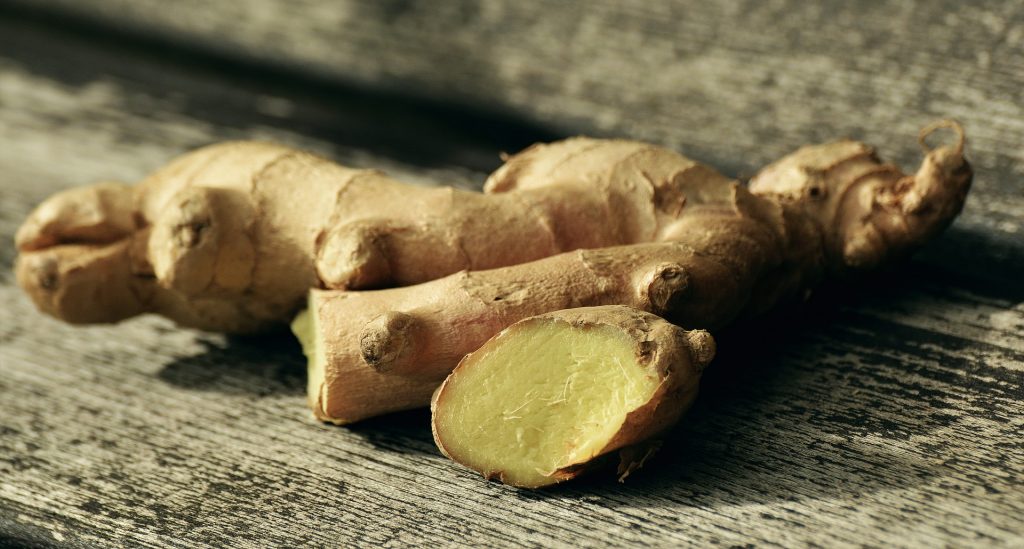Ginger: properties and benefits
A natural medicine
By Andrea Nuzzi
Ginger is more than a trendy spice in our kitchens: among its many uses, there is the medicinal one as an antioxidant, anti-inflammatory and anti-ulcer.

Ginger, also known as “ginger”, is a perennial herbaceous plant originating from Asia. In cooking it mainly plays the role of a spicy spice, with a pleasing and pungent aroma. Widely used in phytotherapy and medicine, ginger is much more than a simple food. Let’s see its countless properties and its many uses.
In the kitchen
The active principles present in ginger give it its classic pungent taste, characteristic of oriental cooking. Because of these peculiarities, ginger is used as a spice or aromatizer in general. It can be added fresh (thinly sliced or chopped) or cooked. chopped) or cooked. Ginger is a protagonist ingredient of many types of oriental dishes, first of all sushi, as well as meat and fish tartare, sauces, first and second courses. In the Middle Ages, ginger made its entry in the European cooking with Arabs. There are many, in fact, traditional western dishes which include the use of ginger, such as pampepato ferrarese and the famous gingerbread. Its aroma, moreover, is used for many soft drinks, beers and liquors.
Active Ingredients
The active ingredients that characterize ginger are:
- Gingerols (which give the bitter and pungent flavor)
- Gingerol derivatives (zingerone and shogaol)
- Volatile components of essential oil
Properties and Benefits
Among its countless properties, ginger performs several functions from:
- Natural anti-inflammatory
- Antiossidant
- Digestive and depurative (it disinfects the gastric mucosa and contrasts gastroesophageal reflux)
- Dimagrante
- Antirheumatic
- Anticellulite
In addition, ginger is useful as a phytotherapeutic remedy in the presence of:
- Nausea in pregnancy
- Motion sickness
- Nausea and vomiting from drug therapies
- Post-operative nausea and vomiting
- Abdominal Tension
- Irritable Bowel Syndrome
- Colic
Secondary indications include: rheumatoid arthritis pain relief, menstrual pain, diabetes, migraine headaches, bronchitis, and reduces blood pressure by improving blood flow.
How to use ginger
Usually ginger is taken as an infusion with water to obtain a digestive and depurative herbal tea, which we could accompany with a little lemon juice.
Side effects and contraindications
Excessive intake of ginger can cause pain and heartburn; moreover, it is not recommended to consume it during lactation or treatment with anticoagulant drugs or NSAIDs.
